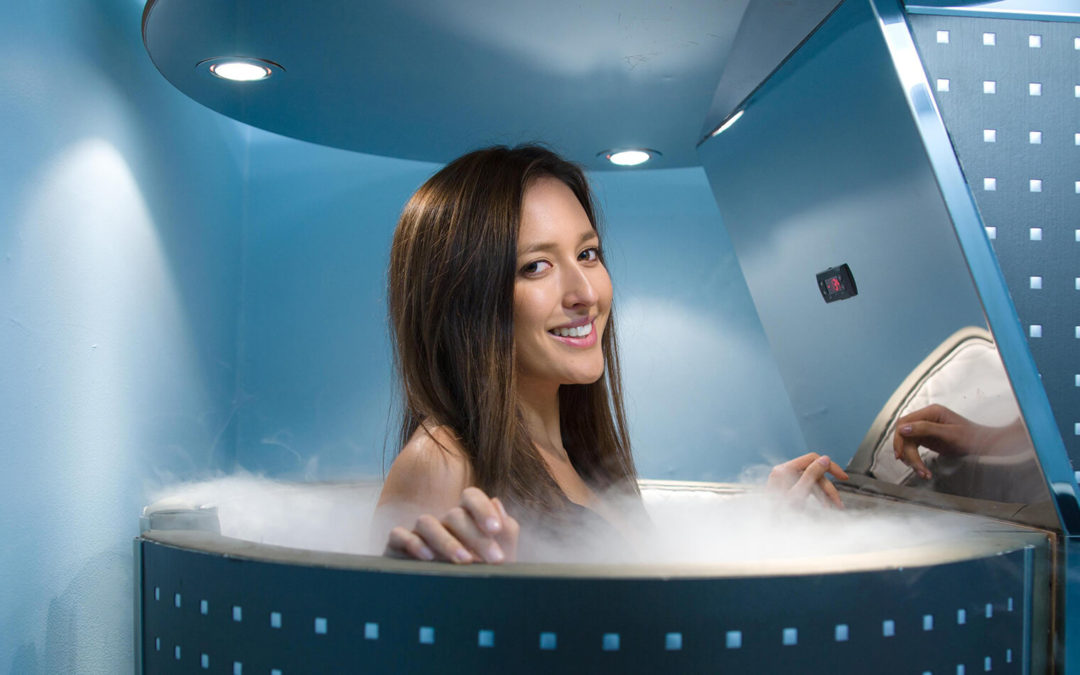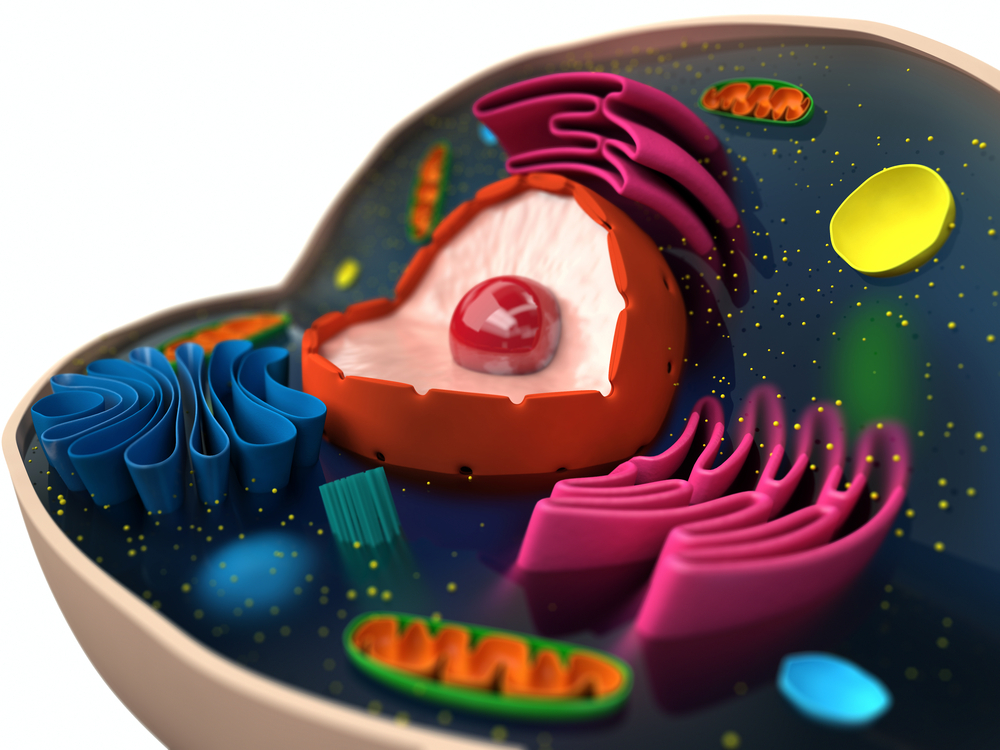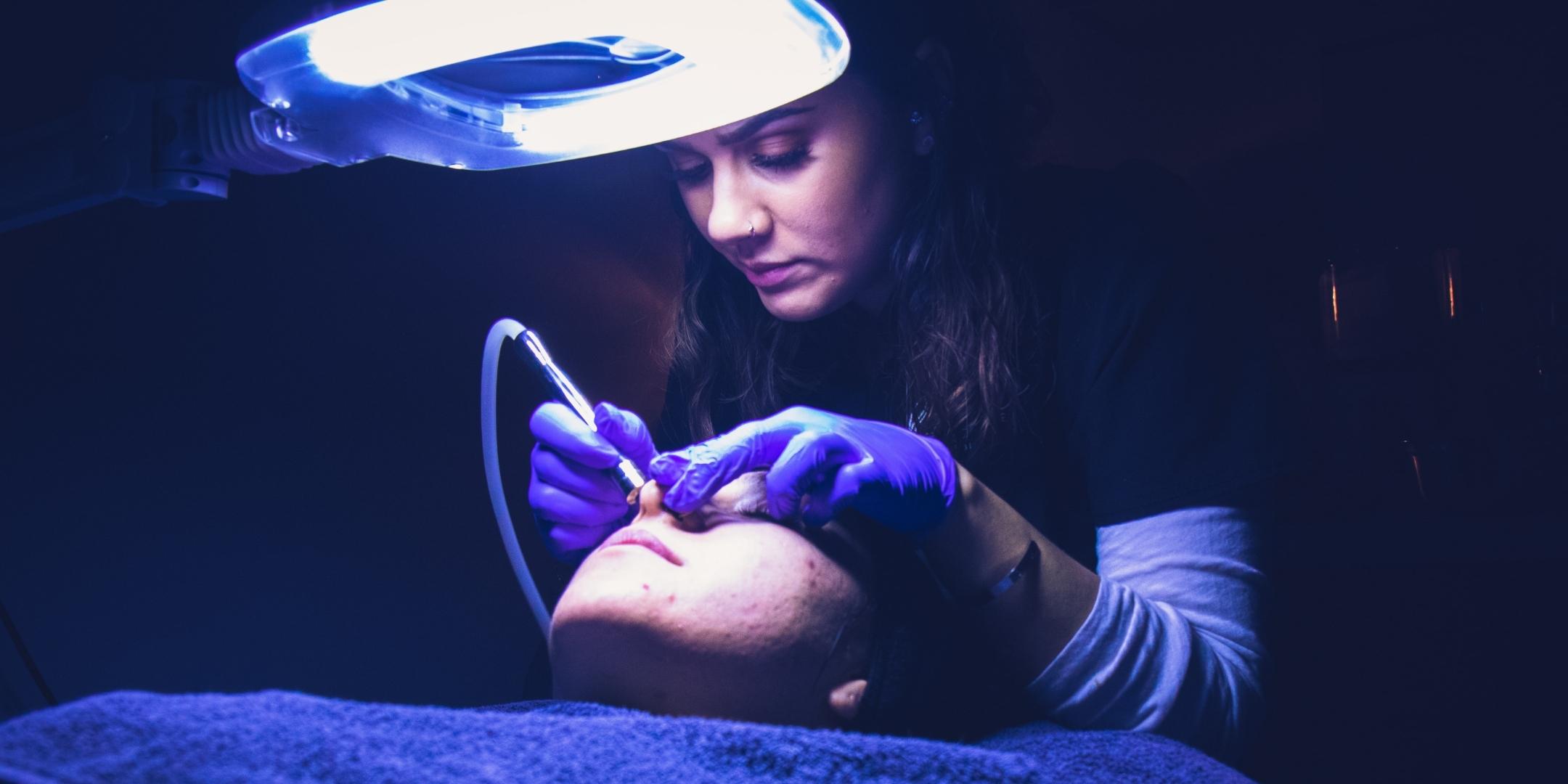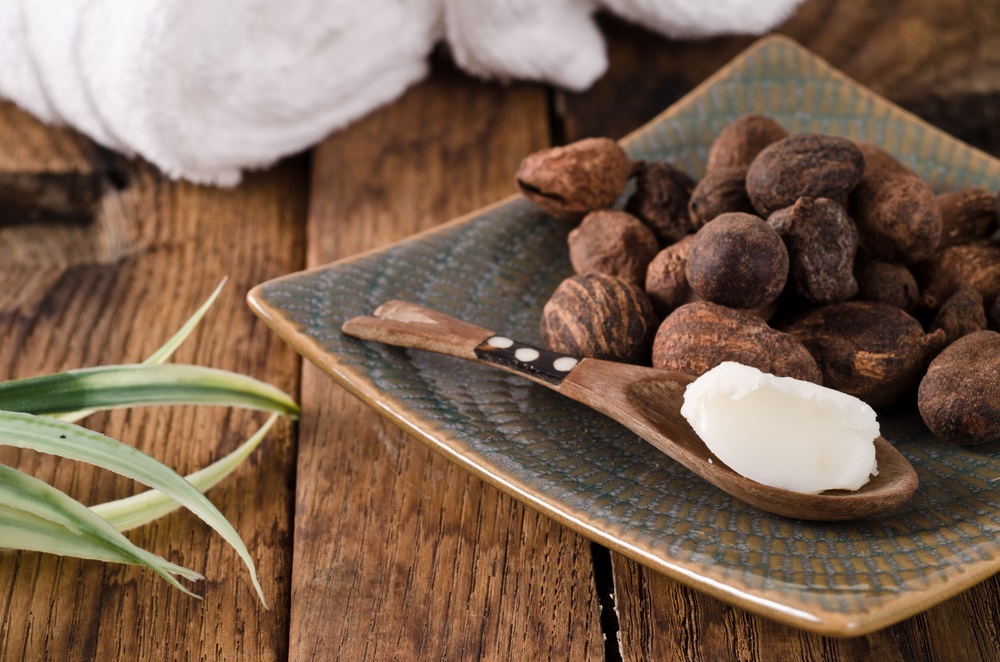Cryotherapy is a medical technique where a part of the body or the entire body (from neck to toe) is exposed to extremely cold temperatures for a few minutes. The temperatures can range between -100 to -140 °C (-148 to -220 °F).
For many years, localized cryotherapy has been used to remove extra skin growth such as warts, skin tags, repair damaged tissues, accelerate recovery, etc. Whole-body cryotherapy (WBC) has recently gained popularity where the whole body is exposed to ultra-low temperature air for several minutes (2 to 3 minutes). Though this treatment is still experimental, there are claims that it can help improve a person’s physical and mental health.
We know using ice packs help reduce swelling and inflammation after an injury. It has been presumed that exposing the entire body to extreme cold may provide a similar result.
Cryotherapy can be used as an alternative option if other treatments are not working. WBC is mainly used in sports for pain relief, to speed up recovery, and to improve performance outcomes.
Pros of Whole Body Cryotherapy
Short Cryotherapy Sessions
From neck to toe, the entire body is exposed to extremely cold temperatures only for about 2 to 3 minutes. It helps reduce inflammation and repair damaged tissues in the body. Liquid nitrogen is used to cool the air or water around the body, quickly decreasing the body’s ambient temperature. It may take some time for an individual to recover post-procedure due to the impact of cold temperatures on the body.
Whole-body cryotherapy is seen to be more effective in lowering muscle stiffness and soreness after intensive training.
Improves Blood Circulation
According to the literature on whole body cryotherapy, exposure to extreme cold temperatures aids in reducing inflammation, pain and accelerates recovery. Due to extreme cooling, blood vessels constrict, and blood flow to the areas of inflammation is reduced. Once leaving the cryo chamber, the blood vessels expand, and the blood surges back to the extremities. It creates a rush of endorphins, which makes a person feel better subsequently.
The temperature change in the tissues reduces the core body temperature, and the autonomic nervous system gets activated due to the sensory shock. It raises the norepinephrine levels, increases blood pressure with variance in the heart rate. Correctly performing the whole body cryotherapy does not cause any harm.
People with chronic back pain have noticed a significant reduction in pain and improvement in spine mobility. Individuals with adhesive capsulitis (frozen shoulder) also experienced significant shoulder function, mobility, and rotation improvement. Studies have also shown to improve the symptoms of depression and anxiety and enhance overall life gratification.
Fat Reduction with Repetitive Treatments
There are speculations that individuals may experience fat reduction with repetitive treatments. The body expends energy in an attempt to remain warm during the cold temperature exposure. It may help eliminate unwanted fat, reduce cellulite, and even reduce wrinkles or flaccidity.
According to research studies, combining exercise and cryotherapy seemed to balance overall cholesterol levels by lowering the bad cholesterol (LDL) and improving the good cholesterol (HDL). Unfortunately, it did not induce weight loss or weight gain.
Before considering WBC for fat reduction, you must talk to your physician to ensure you don’t make any underlying health issue worse accidentally.
Reduce or Eliminate Skin Conditions
When the skin is exposed beyond the normal cold temperatures, certain skin conditions or ailments typically don’t thrive. Whether you opt for localized or whole body cryotherapy, warts, moles with precancerous cells, freckles, eczema (Atopic Dermatitis), etc., could be eliminated.
A burning sensation is produced due to freezing and it destroys abnormal cells without affecting the healthy tissue.
Treatment for Viral Lesions on the Foot and Low-Risk Tumors
Painful lesions on the foot are also treated with cryotherapy. Though the procedure may be a bit uncomfortable, it is found to be effective. Some podiatrists offer this option as an outpatient service, and you may talk to your podiatrist about the pros and cons.
Targeted, localized cryotherapy is used to treat certain low-risk tumors, including prostate cancer. Some oncologists use atomized liquid nitrogen to destroy certain skin cancers.
Cons of Whole Body Cryotherapy
Skin Must Be Completely Dry
Before the cryotherapy session, the instructor will ask you to strip down to your underwear. Then, you will be asked to put on a pair of gloves, socks, and shoes to shield your extremities from the extreme cold that you will be exposed to. When entering the chamber, a towel will be provided to wipe out the sweat on the skin since liquids will freeze quickly, leading to injury. Even wet clothes are not allowed while entering the chamber.
Burning Sensation
Inside the chamber, you may start to feel a burning sensation in the skin due to the cold. The technician will ask you to move around, run in place or distract you by having conversations.
If you feel uncomfortable or struggle to keep yourself inside the chamber, you may stop it.
Not Scientifically Proven
The benefits of cryotherapy are not yet scientifically proven. Sportspeople often massage with ice and soak in ice baths to alleviate pain and inflammation. Targeted cryotherapy is also used on specific joints or areas of the body.
Though this procedure potentially treats various pathologies, there is also an increased risk of frostbite. You must cautiously weigh the pros and cons of cryotherapy with an experienced professional before considering this option.
Raises Blood Pressure
Studies conducted have shown cryotherapy to increase blood pressure and decrease heart rate. Hence, individuals with high blood pressure, heart disease, rheumatic problems, diabetes, autoimmune disease, or sensitive skin should be cautioned against WBC.
Not Approved by FDA
Cryotherapy is not approved by FDA and still in the investigational phase. It is not evidential to suggest its purpose to help chronic pain, migraines, fibromyalgia, or symptoms of multiple sclerosis. Targeted therapy has provided specific outcomes, but there is no medical data to support its use.
Cost and Accessibility
Each cryotherapy session may cost about $100 in the United States. It can be slightly higher in the larger metropolitan centers and around $60 in rural areas. Though it may facilitate the recovery process, it may not be worth the expense.
Access to whole body cryotherapy centers is limited since these are usually found in large metropolitan areas. If you cannot find one closer to your location, you may select targeted cryotherapy instead. Many physical therapists offer this treatment to reduce pain, swelling, and inflammation in targeted areas of the body.
Summary
Cautiously studying all the pros and cons of whole-body cryotherapy is essential before signing up for a session. If you decide to pursue a WBC session, you must take all the necessary precautions to protect yourself. Follow all the instructions given by the technician and stop whenever you feel uneasy.









